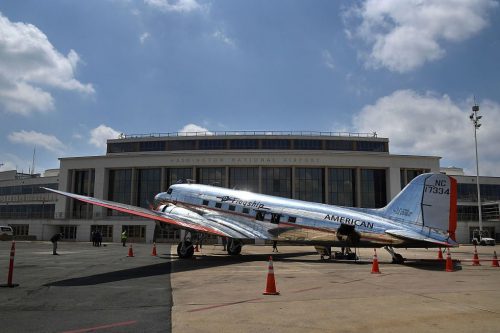August 1, 1914. As Europe moved inexorably toward catastrophe, Kaiser Wilhelm II was getting cold feet at the prospect of a two-front war. When a telegram arrived suggesting that the war might be contained to a Germany-vs-Russia conflict, the Kaiser jumped at the opportunity.
The telegram was from Prince Lichnowsky, the German ambassador in London, reporting on a conversation with the British Foreign Secretary, Sir Edward Grey. As Lichnowsky interpreted Grey’s remarks, England would stay neutral–and also guarantee France’s neutrality–if Germany would confine herself to attacking Russia and would promise not to attack France. (Which was a misinterpretation–but more on that later.)
Immediately, the Kaiser called in General von Moltke, the Chief of Staff, and gave him his new marching orders: turn around the troops destined for the attack in the west, and redirect them to the eastern front. Barbara Tuchman writes of Moltke’s reaction.
Aghast at the thought of his marvelous mobilization wrenched into reverse, Moltke refused point-blank. For ten years, first as assistant to Schlieffen, then as his successor, Moltke’s job had been planning for this day, The Day, Der Tag, for which all Germany’s energies were gathered, on which the march to final mastery of Europe would begin. It weighed upon him with an oppressive, almost unbearable responsibility…Now, on the climactic night of August 1, Moltke was in no mood for any more of the Kaiser’s meddling with serious military matters, or with medling of any kind of the fixed arrangements. To turn around the deployment of a million men from west to east at the very moment of departure would have taken a more iron nerve than Moltke disposed of. He saw a vision of the deployment crumbling apart in confusion, supplies here, soldiers there, ammunation lost in the midle, companies without officers, divisions without staffs, and those 11,000 trains, each exquisitely scheduled to click over specified tacks at specified intervals of ten minutes, tangled in a grotesque ruin of the most perfectly planned military movement in history.
“Your majesty,” Moltke said to him now, “it cannot be done. The deployment of millions cannot be improvised…Those arrangements took a whole year of intricate labor to complete…and once settled, it cannot be altered.”
“Your uncle would have given me a different answer,” the Kaiser said to him bitterly.
It was not until after the war that General von Staab–Chief of the Railway Division and the man who would have actually been responsible for the logistics of the redirection–learned about this interchange between Moltke and the Kaiser. Incensed by the implied insult to the capabilities of his bureau, he wrote a book, including pages of detailed charts and graphs, proving that it could have been done.
So, what happened here? The Kaiser trusted his military expert, von Moltke–but the real expert in railway operations (and this was substantially a railway question)–disagreed. At the time of decision-making, von Staab’s personal opinion was never even solicited.
Clearly, what the Kaiser should have said when faced with Moltke’s opposition was “Tell von Staab to get his ass in here, and let’s talk about it.” (Or however a German Emperor would have phrased that thought.) Indeed, there was particular reason to do this, given that the Kaiser evidently had some serious concerns about Moltke–as evidenced by his passive-aggressive “your uncle would have given me a different answer” comment.
